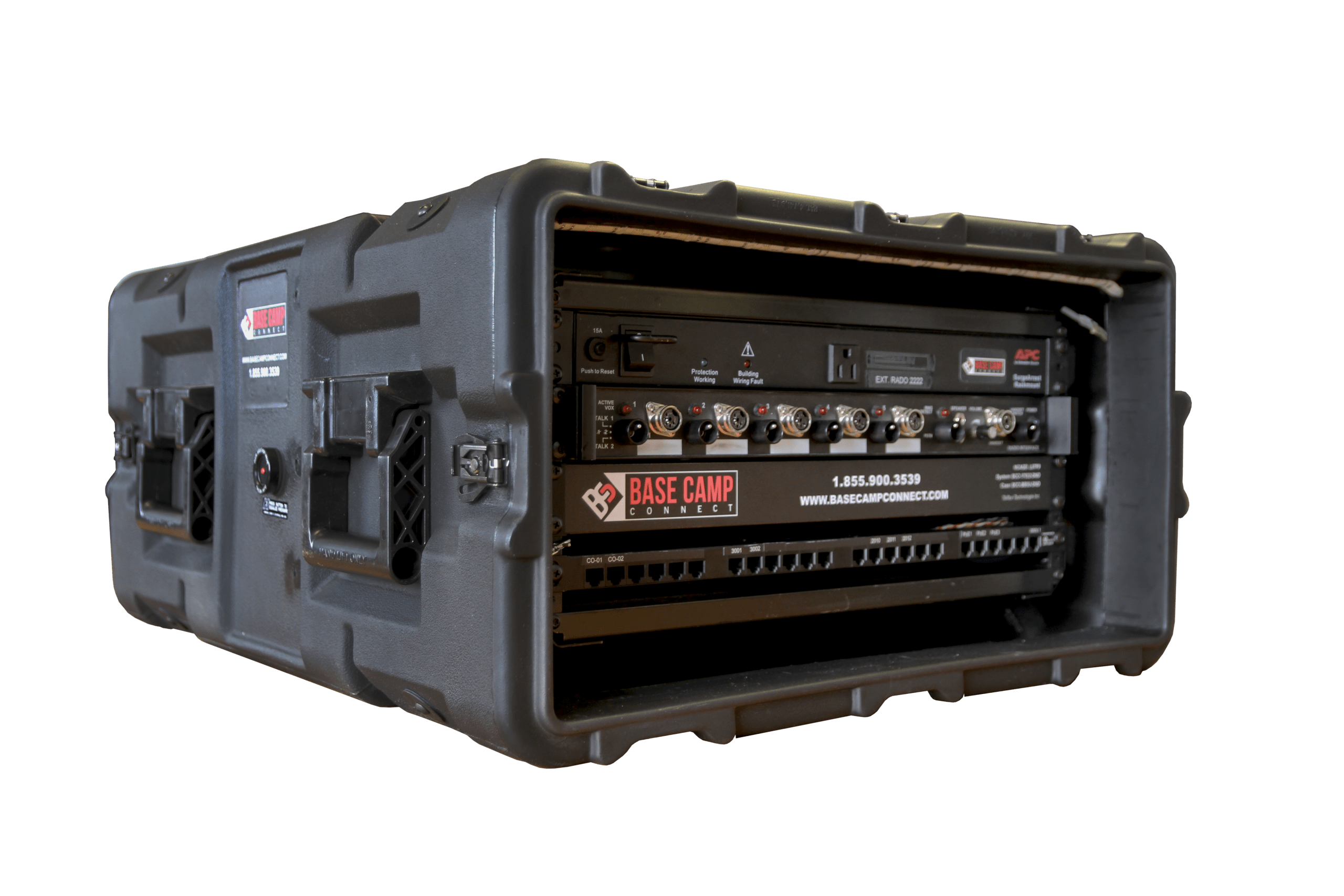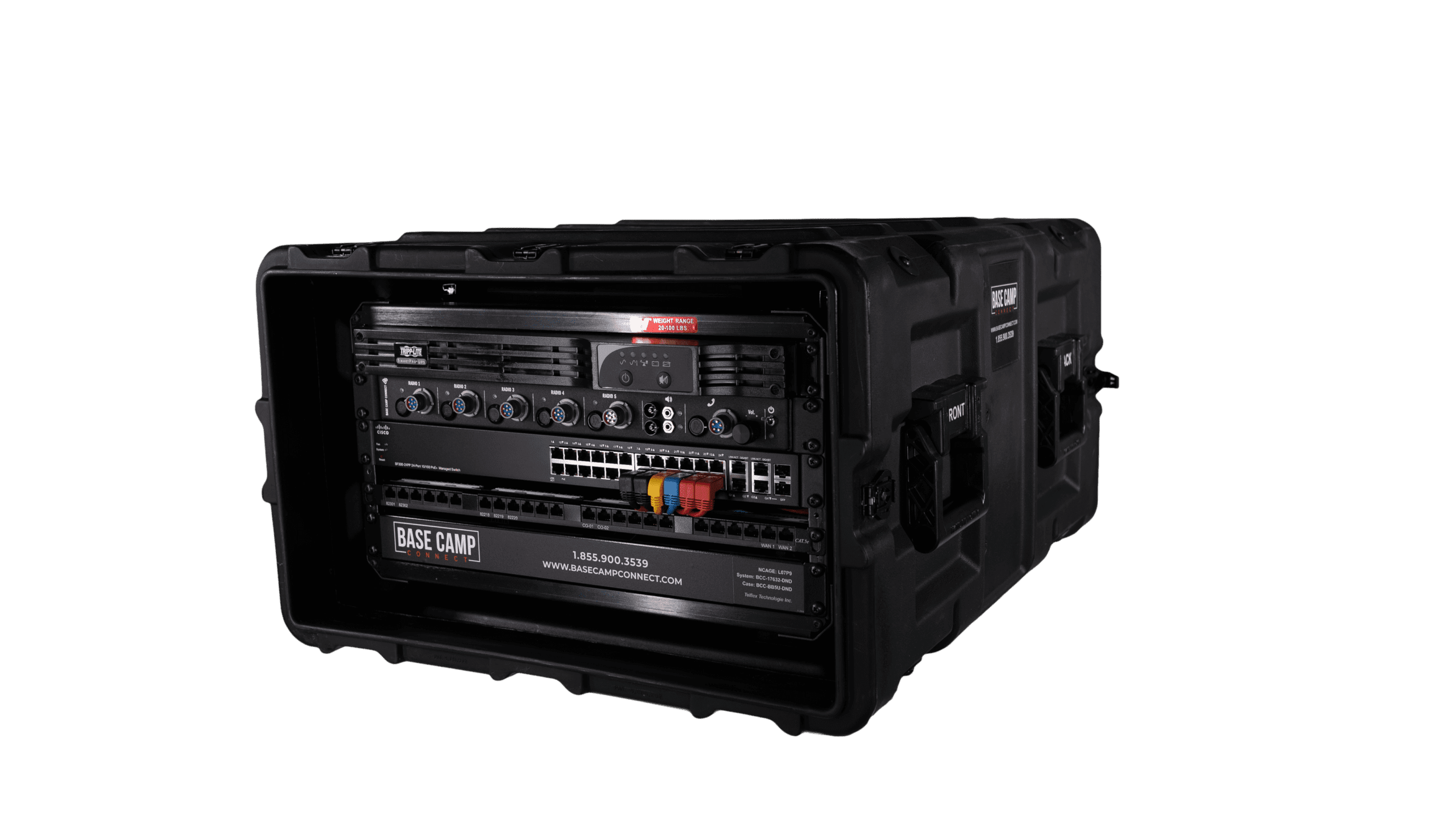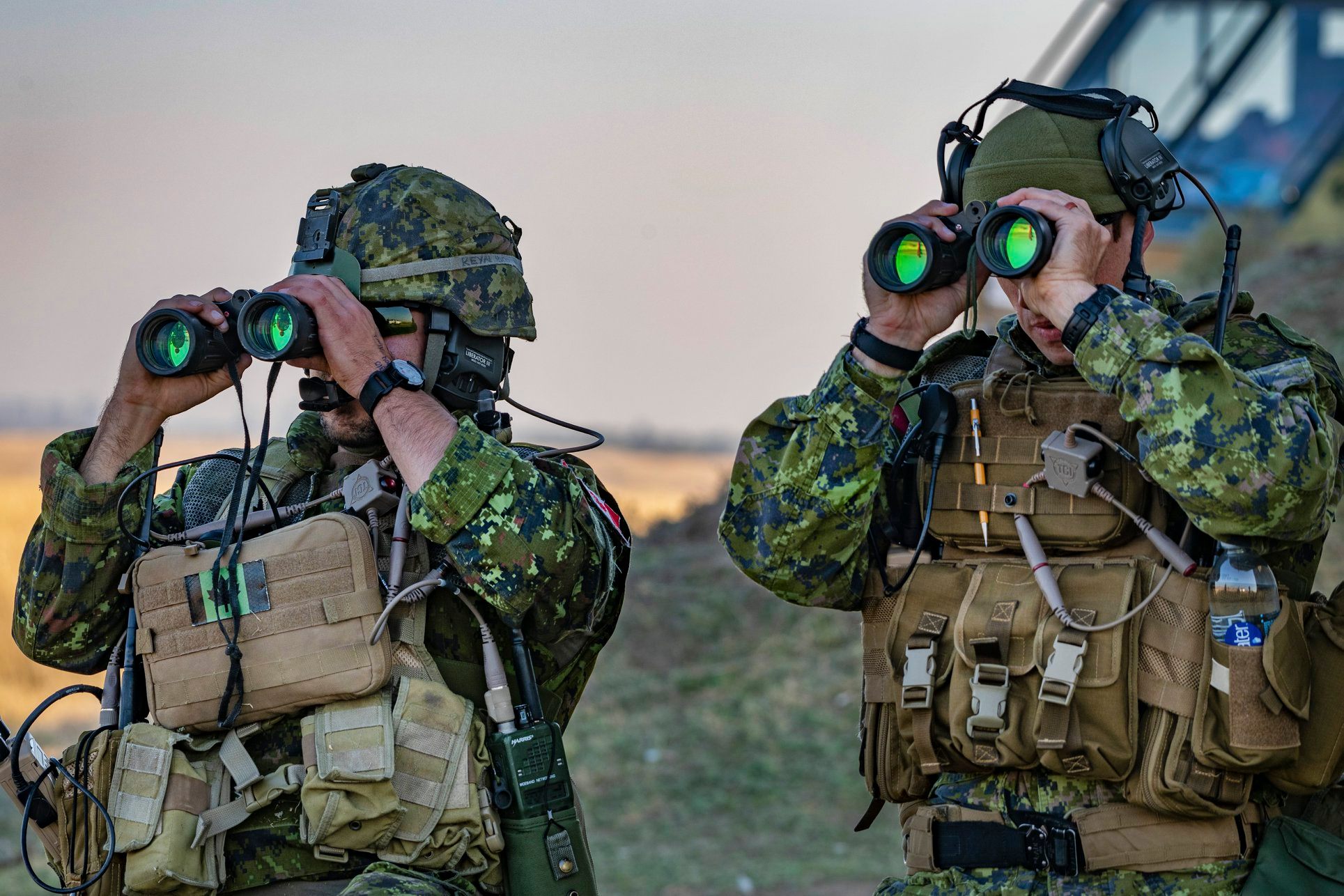Battlefields have always been chaotic places. The movement of military forces against one another is a complex and challenging endeavour. Understanding where one’s forces are and being able to direct them as fast and accurately as possible against the enemy is essential. Whoever does this the best is, more often than not, the victor. Situational awareness is fundamental to success. A few decades ago, real-time situational awareness could only be achieved through radio transmissions. The process was workable but became challenging whenever units were out of range or otherwise unable to provide situational reports (SITREPs).
Without real-time unit locations, commanders can make decisions that give the enemy an advantage. Resources can be allocated to the wrong grids, artillery fire and close air support can be dropped where they are ineffective, and in some cases, degraded situational awareness can cause fratricide.
Technology has made real-time situational awareness much more achievable on the modern battlefield. Radios, drones, personal trackers, and large-scale force tracking systems help collect information that provides real-time data on unit positions. Connecting military units in real-time produces many benefits but is not without its challenges.

The Benefits of Real-Time Situational Awareness
Military commanders make their best decisions when they are well informed. Tactical theory emphasizes the importance of maintaining tempo in warfare. Tempo is essentially moving when and how you want to. It also means the enemy is constantly reacting to your moves as opposed to you reacting to theirs. To maintain tempo, leaders need to know where their forces are in real-time.
The benefits of real-time situational awareness help maintain tempo. Some of these benefits include greater command and control, optimized resource utilization, and improved data collection and analysis.
It has been said that the fundamental art and science of warfare is command and control. The efforts needed to achieve military objectives would be disorganized and ineffective without a well-developed command and control structure. Leaders at all levels serving in command and control roles thrive on accurate data of troop locations and strengths.
With real-time situational awareness, command and control becomes more fluid. Leaders with current troop locations can maneuver quicker and make better decisions. As new intelligence on enemy movements is acquired, friendly forces can respond faster and more effectively.

In addition to better command and control, resource utilization improves. One example can be found in fire support systems, such as artillery cannons. Most modern artillery pieces are either self-propelled or towed, making them highly mobile. If a unit comes under enemy fire, friendly artillery units may be the best resource to suppress the enemy and give the unit under attack a chance to fight back.
If artillery pieces are not within range to fire on the enemy, they will provide little if any help to the unit under attack. If real-time situational awareness has been maintained, commanders will already know if artillery can attack the enemy and can quickly generate a fire mission and send rounds down range. Similarly, commanders can quickly employ other resources such as Quick Reaction Forces (QRF), air support, and Explosive Ordnance Disposal (EOD) units, but only if their positions are accurately known.
The increased presence of technology in combat means more data is always being collected. That data is not just on friendly forces. Handheld drones, for example, are rapidly being deployed among military troops at the small unit level. These drones are excellent collection platforms for tracking enemy movements.
Sensitive intel, such as enemy locations, is extremely valuable but only in real-time. The older this information gets, the less useful it is. With real-time situational awareness, analysts and planners can develop a clearer picture of the enemy’s size, capabilities, and position. Armed with accurate data, they can then engage and defeat the enemy.

The Challenges of Real-Time Situational Awareness
The challenges associated with achieving real-time situational awareness include equipment interoperability, training, and data security. Fortunately, each of these challenges has solutions available to mitigate their potential adverse effects on maintaining real-time situational awareness. Let us explore each a little more.
Military forces around the world are embracing the concept of the digital soldier. In years past, a soldier’s primary connection with technology was the field radio. That relationship has changed drastically. Warfighters now have an assortment of communications equipment, wearable technology, drones, and sophisticated tracking devices. While these tools can potentially increase the speed and lethality of the soldier, they present an interoperability challenge.
With numerous manufacturers supplying battlefield technology, there is no guarantee that devices will easily sync with each other or even be compatible with the more extensive communications networks used by military forces. This is especially true when technology is purchased on the open market instead of from defence contractors who typically build to the military’s specifications.
Even within military forces from the same country, systems may be incompatible. Friction can occur as one unit cannot share its data with another. Given the time it takes militaries to procure new equipment, solutions to such problems may take months or even years to incorporate.

The increased use of technology in modern warfare also means soldiers need to be trained on these devices. In addition to learning the skills associated with basic combat operations, such as land navigation and marksmanship, soldiers need to understand the ins and outs of each piece of gear they carry. Without training, the technology can negatively impact the mission.
For example, the Blue Force Tracker was a significant force multiplier connecting units across the area of operations while I was deployed to Iraq. Once, while on a convoy, a soldier kept giving us location reports with grids that made no sense. This was confusing as the Blue Force Tracker uses GPS and should have provided highly accurate grids for our location.
After further investigation, it was determined the soldier was not adequately trained on the Blue Force Tracker and was pulling grids off a map in South Korea instead of their current location in Iraq. Without proper training, the technology was useless.
A final challenge is data security. Collecting the large amount of information needed to develop real-time situational awareness is one thing; keeping it securely is another. Some technology is designed to operate in a sensitive environment where data needs to be protected. Off-the-shelf consumer solutions are often not designed with this in mind.

Finding the optimal solution for gathering data and protecting it from adversaries is no small task. Thankfully, there are solutions that allow military-grade equipment and over-the-counter products to connect without compromising sensitive data.
Best Practices
The real-time ability to track friendly and even enemy forces is a reality of the modern battlefield. While achieving real-time situational awareness is a challenge, the benefits are worth the effort and investment. Here are a few suggestions to help minimize the challenges and maximize the payoff of adopting systems tracking real-time unit movements.
First, ensure everyone working with tracking technology knows how to use it. While every soldier doesn’t need to be an expert, they should fully understand the functions they will be responsible for carrying out. Each team member should also understand some troubleshooting techniques related to their role with the equipment.
Look for potential points of interoperability conflicts and find solutions that make systems more compatible. Often, commercial solutions can bridge the gap between equipment from different manufacturers and allow for undegraded real-time situational awareness.

BCC-MIL used by the 37 Signal Regiment of the Canadian Armed Forces during Exercise Staged Response.
Finally, the technology used for tracking unit locations needs to be secure. Military units should only use systems that can keep data safe. There are numerous software solutions that can track people and vehicles, but many are not secure. Only use software that has been integrated with secure equipment that prevents troop locations from being compromised.
Real-time situational awareness is crucial for winning wars. Technology now provides the capability to track both friendly and enemy forces like never before. Understand the challenges, maximize the benefits, and your victory will be assured.
Have you enjoyed this article? Be sure to subscribe to our blog to catch the next one as soon as we publish!














